What is the ideal smartphone size? We don't expect to agree on that, after all, that's also why manufacturers offer a choice of several screen sizes for their phones. It is no different for Apple, which until last year had a relatively sympathetic strategy. Now everything is different, the market is no longer interested in small phones, so we only have big bricks here.
Steve Jobs was of the opinion that 3,5" is the ideal phone size. This is also why not only the first iPhone referred to as 2G, but also other successors – iPhone 3G, 3GS, 4 and 4S – had this diagonal. The first step towards enlarging the entire device came with the iPhone 5. We could still enjoy the 4" diagonal, which added an extra row of icons on the home screen, with the first-generation iPhone 5S, 5C and SE. Another increase came with the iPhone 6, which received an even bigger sibling in the form of the iPhone 6 Plus. This lasted us despite the 6S, 7 and 8 models, when the display sizes were 4,7 and 5,5 inches. After all, the still current iPhone SE 3rd generation is still based on the iPhone 8.
However, when Apple introduced the iPhone X, which was ten years since the introduction of the first iPhone in 2007, it followed the trend of Android phones, where it got rid of the button under the display and got a 5,8" display. However, many things changed in the next generation. Although the iPhone XS had the same 5,8" display, the iPhone XR already had a 6,1" and the iPhone XS Max a 6,5" display. The iPhone 11 based on the XR model also shared its display size, just as the iPhone 11 Pro and 11 Pro Max corresponded to the iPhone XS and XS Max.
It could be interest you
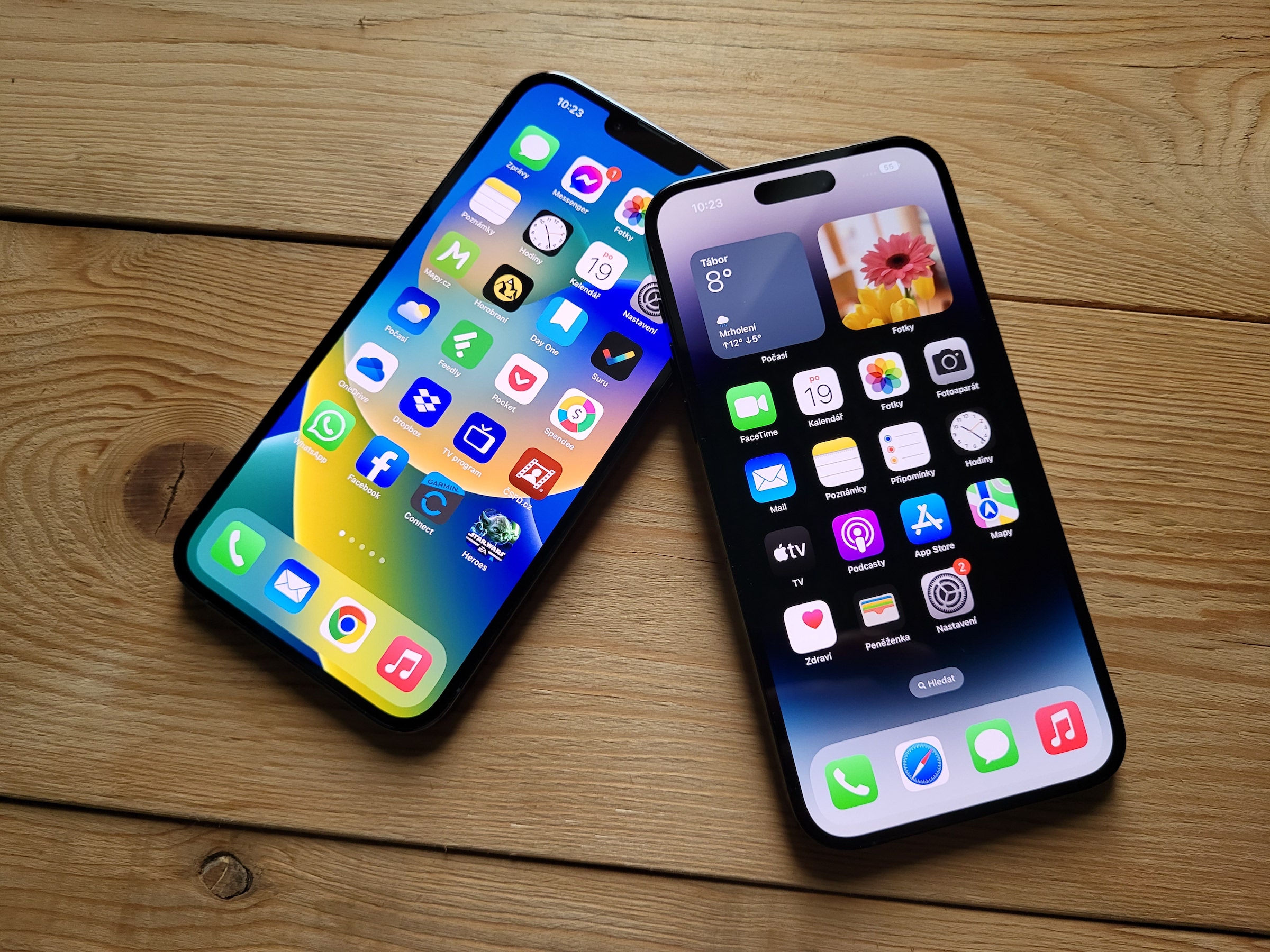
iPhones 6,1, 12, 13 and 14 Pro, 12 Pro, 13 Pro also have a 14" display, while the 12 Pro Max, 13 Pro Max and 14 Pro Max models were only cosmetically adjusted to 6,7 inches. In 2020, however, Apple surprised many by introducing an even smaller model, the iPhone 12 mini, which followed the iPhone 13 mini last year. It could have been love at first sight, unfortunately it did not sell as expected and Apple replaced it this year with a device from a completely different spectrum, the iPhone 14 Plus. The 5,4" display replaced the 6,7" display again.
From really small and compact smartphones, large tablets were created, but they can use their potential more. After all, compare the capabilities of, say, the iPhone 5 with the current iPhone 14 Pro Max. It is a disparity not only in size, but also in functions and options. Compact phones are gone for good, and if you still want one, don't hesitate to buy the mini models, because we won't see more of them.
It could be interest you
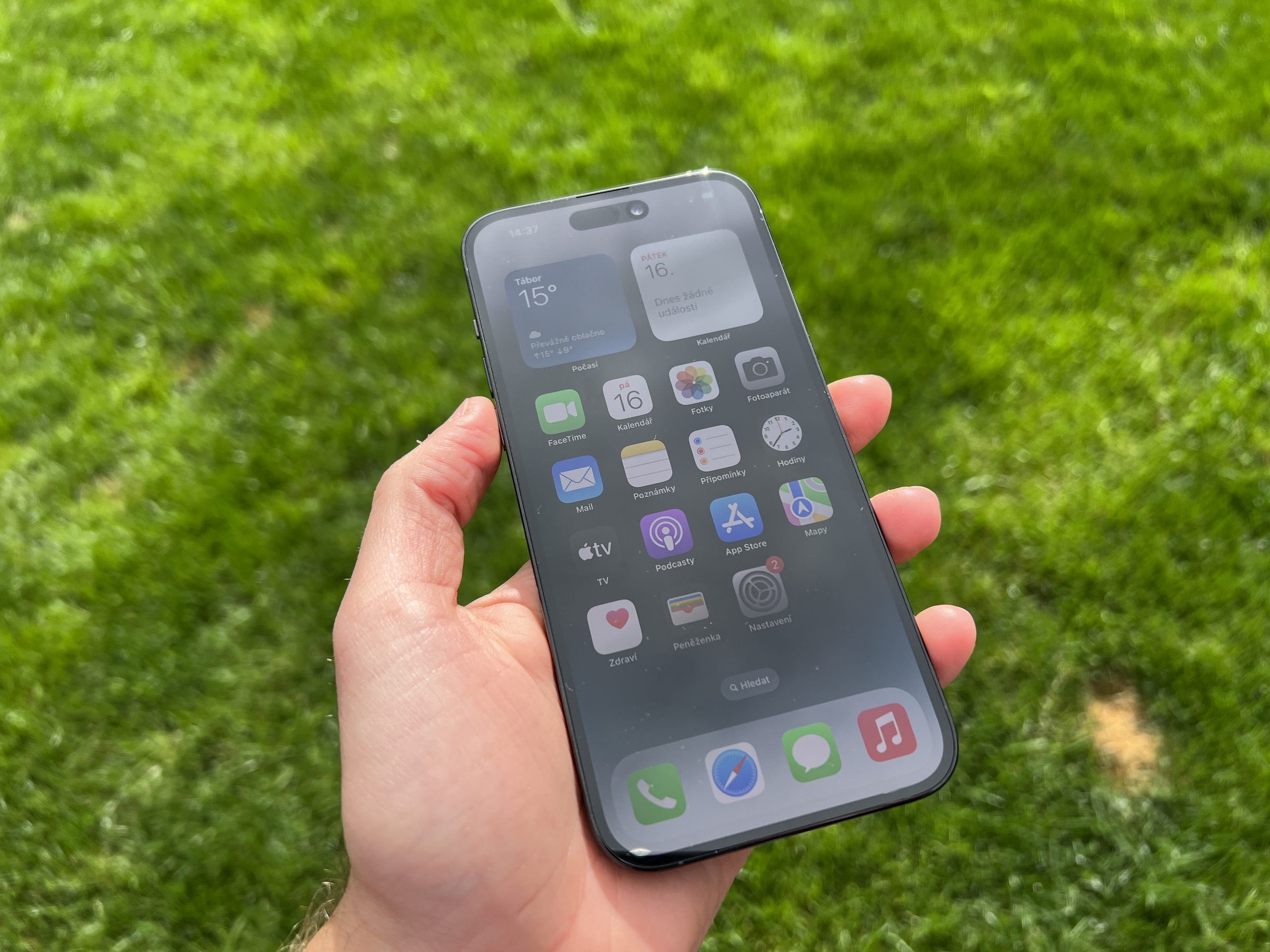
The puzzles are coming
The trend is moving elsewhere, and it is mainly determined by Samsung. Having a small phone does not mean that it has to have a small display. The Samsung Galaxy Z Flip4 has a 6,7" display, but it is half the size of the iPhone 14 Pro Max because it is a flexible solution. Of course, you can hate him and mock him, but you can also love him and not let him get away with it. It's about getting to know this technology, and those who smell it will simply enjoy it.
So there is no need to mourn the end of iPhones with the nickname mini, because sooner or later Apple will be forced into a corner and will really have to present some flexible solution, because it is being adopted by more and more manufacturers and it certainly does not look like a dead end. It is rather a question of whether Apple will not go down the path of a solution similar to the Galaxy Z Fold4, which would not make the device smaller, but on the contrary, make it even bigger, when it can be seen especially in the thickness, not so much in the weight.
It could be interest you
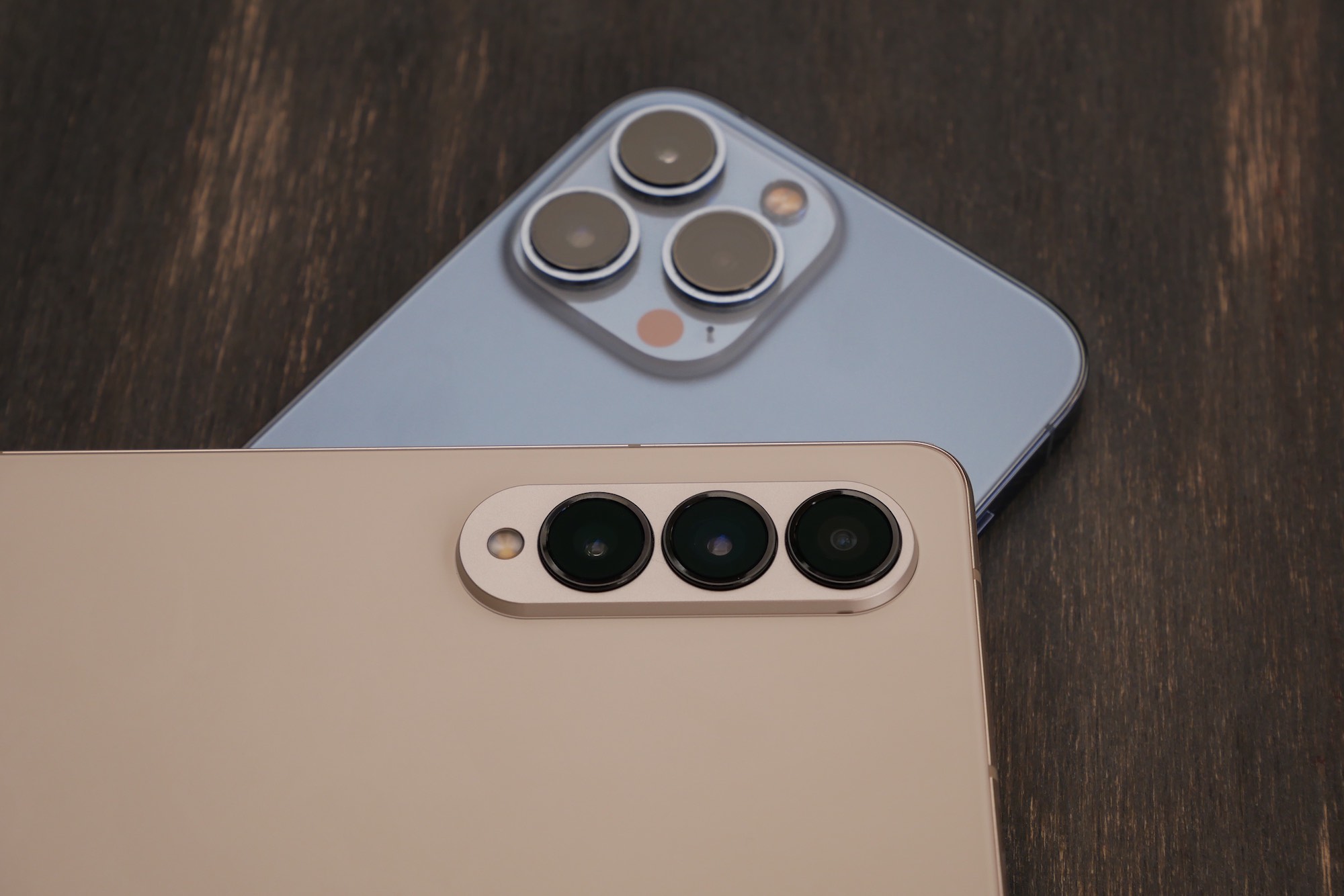
Heavy weight
The first iPhone weighed 135 g, the current iPhone 14 Pro Max is almost twice that, i.e. 240 g, making it the heaviest iPhone in the company's history. However, the mentioned folding Galaxy Z Fold4 weighs "only" 263 g, and this includes the internal 7,6" display. The Galaxy Z Flip4 is even only 187 g. The iPhone 14 is 172 g and the 14 Pro 206 g.
So common current smartphones are not only large, but also quite heavy, and even if they offer a lot, the user experience suffers. This can also be attributed to the pursuit of constant camera improvements, which is a real extreme for the iPhone 14 Pro Max. It is practically impossible to avoid dirt in the area of the photomodule. But something needs to be changed, because such an increase cannot be done indefinitely. Additionally, a flexible device would give Apple the option to hide the lenses inside the device, as this could offer a larger handling surface (in the case of a Z Fold-like solution).
Apple celebrated the 15-year anniversary of the iPhone just this year, and we didn't see an iPhone XV. But it has completed a three-year cycle of the same design, so it is quite possible that we will see another change next year. But I definitely wouldn't mind having an iPhone 14 Plus/14 Pro Max that breaks in half. Even some of that equipment, I would gladly give up for a fresh wind in the boring waters of the same iPhones over and over again.
- You can buy the iPhone 14 Pro Max for example at Mobile Emergency (you can also take advantage of the Buy, sell, sell, pay off action, in which you can get an iPhone 14 from 98 CZK per month)
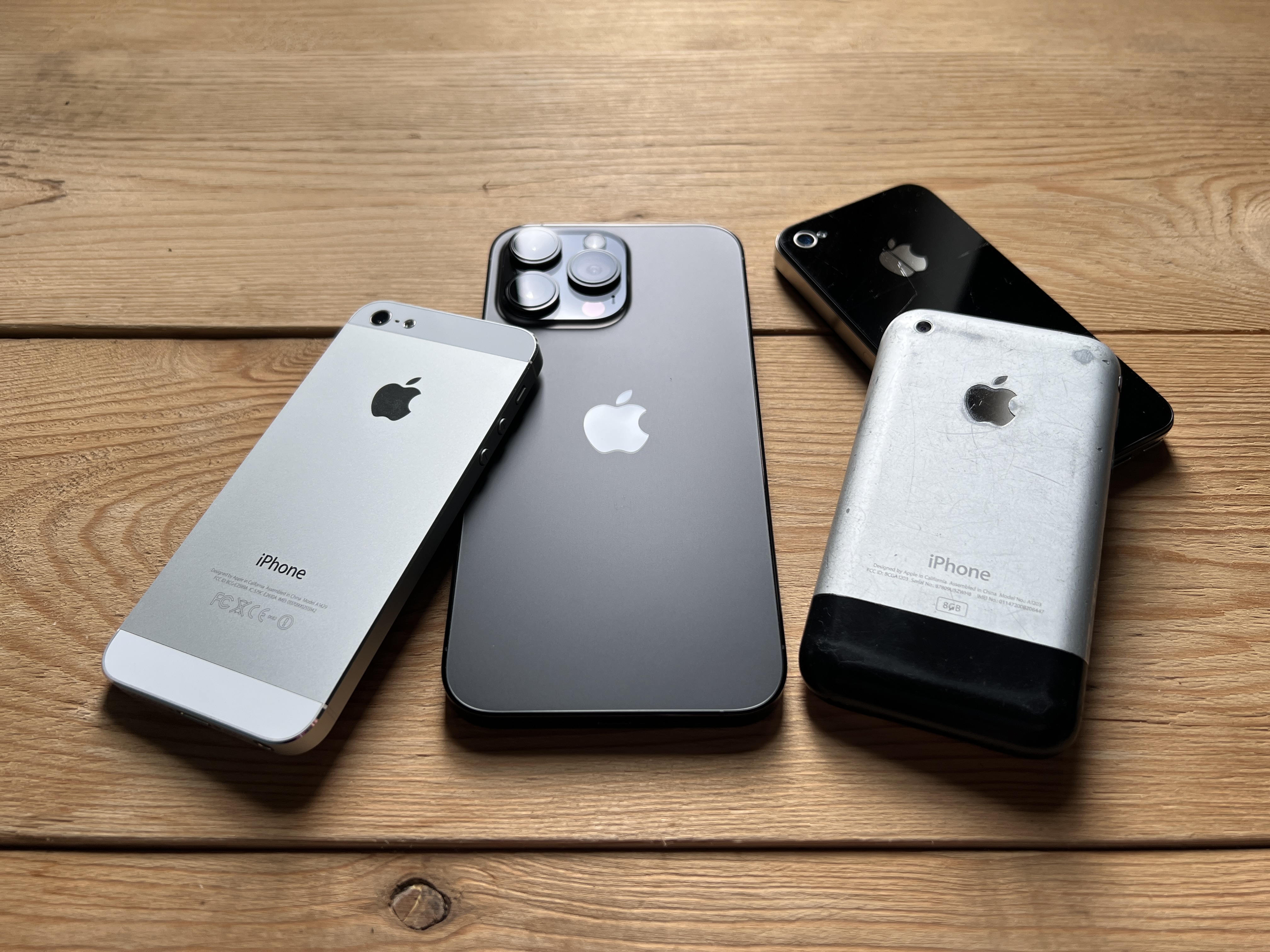
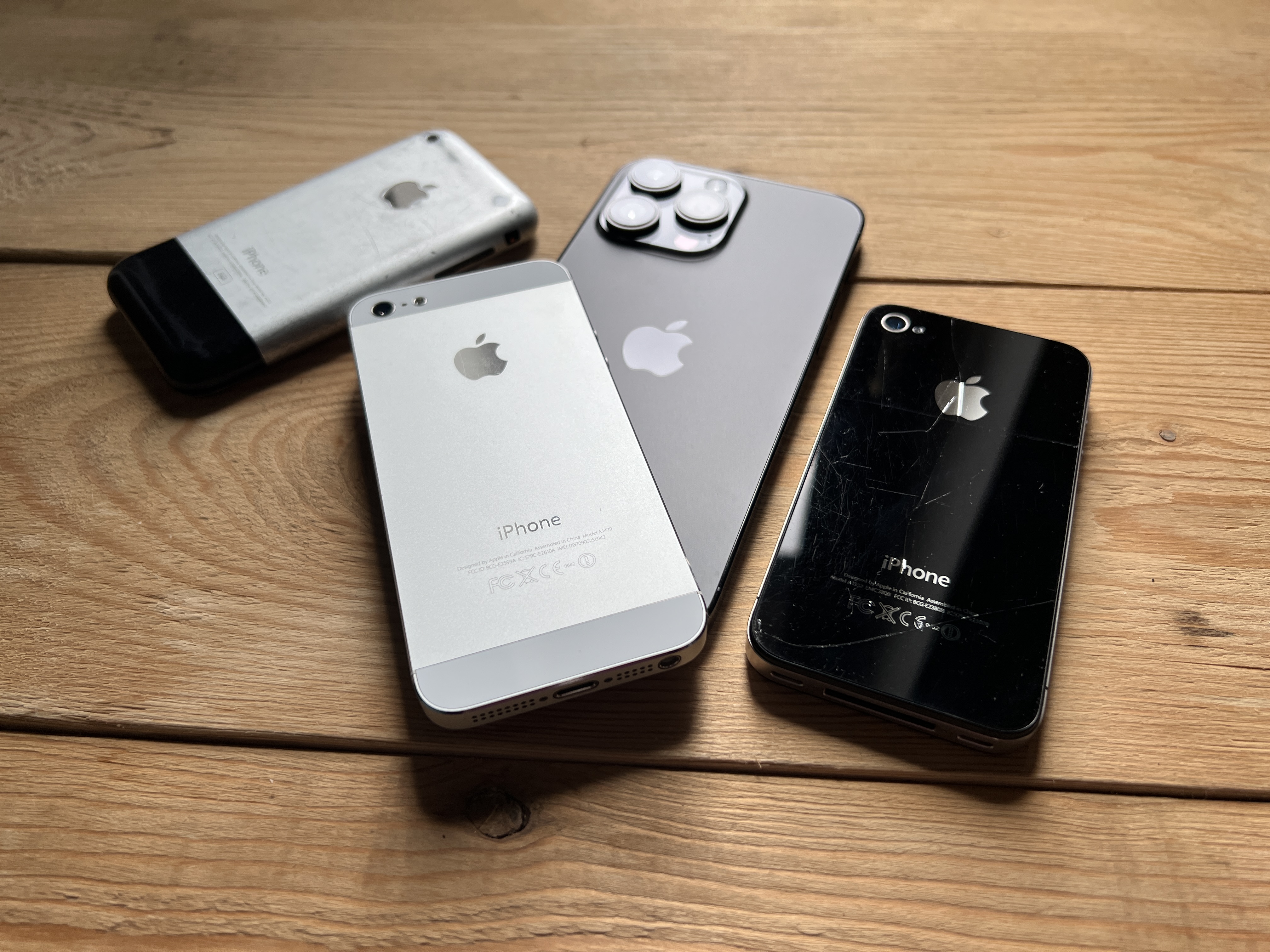


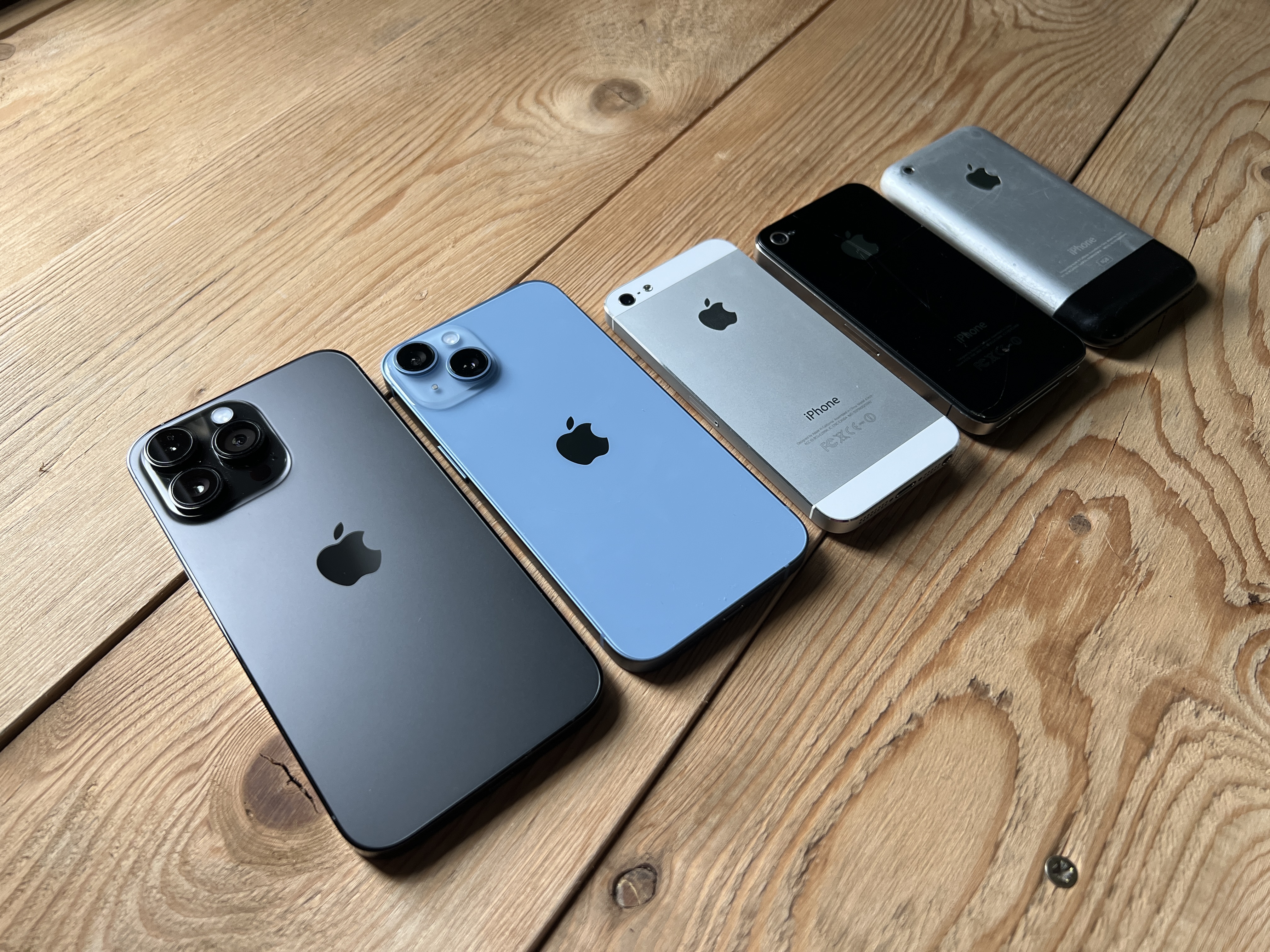


 Adam Kos
Adam Kos 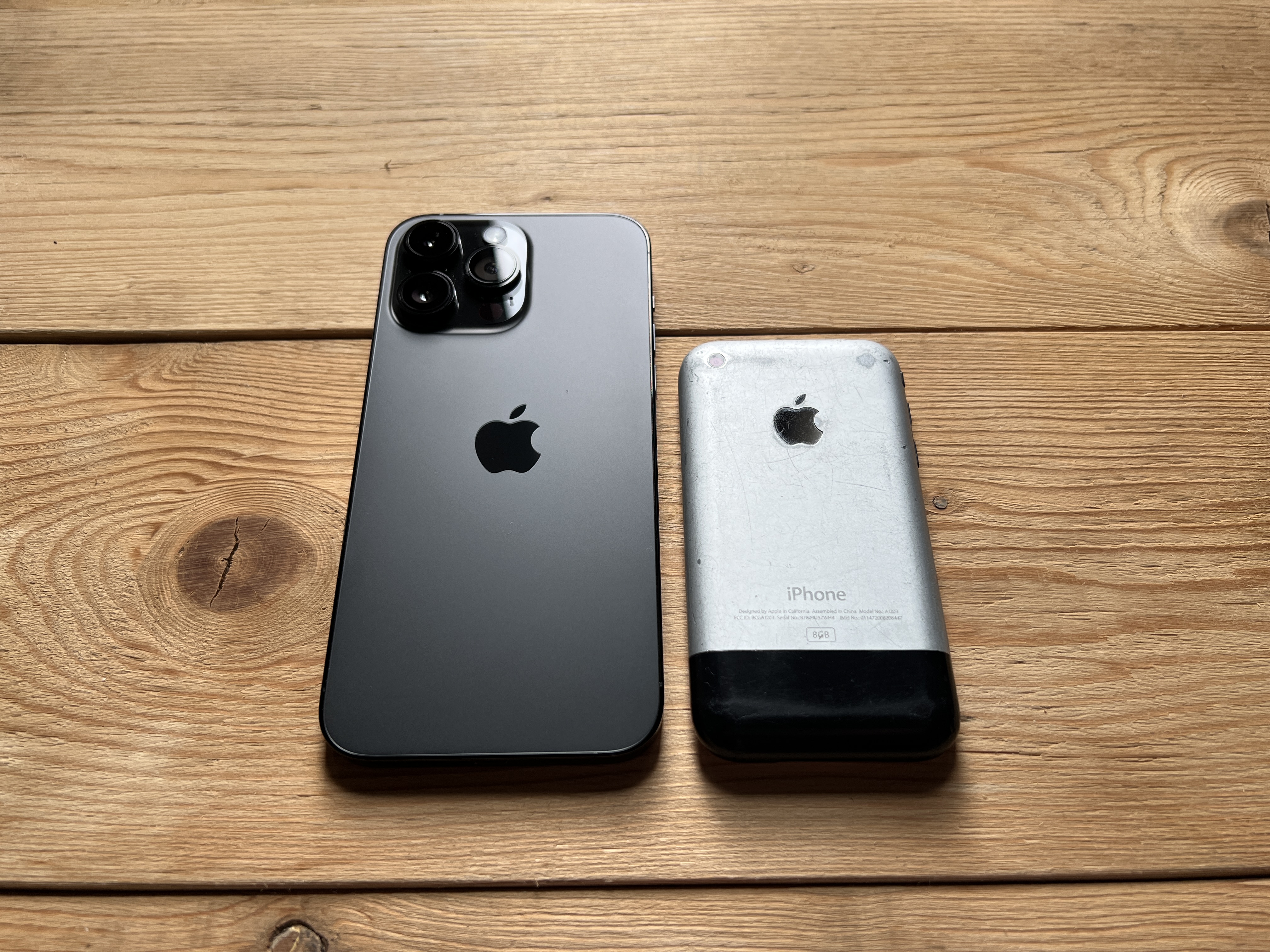
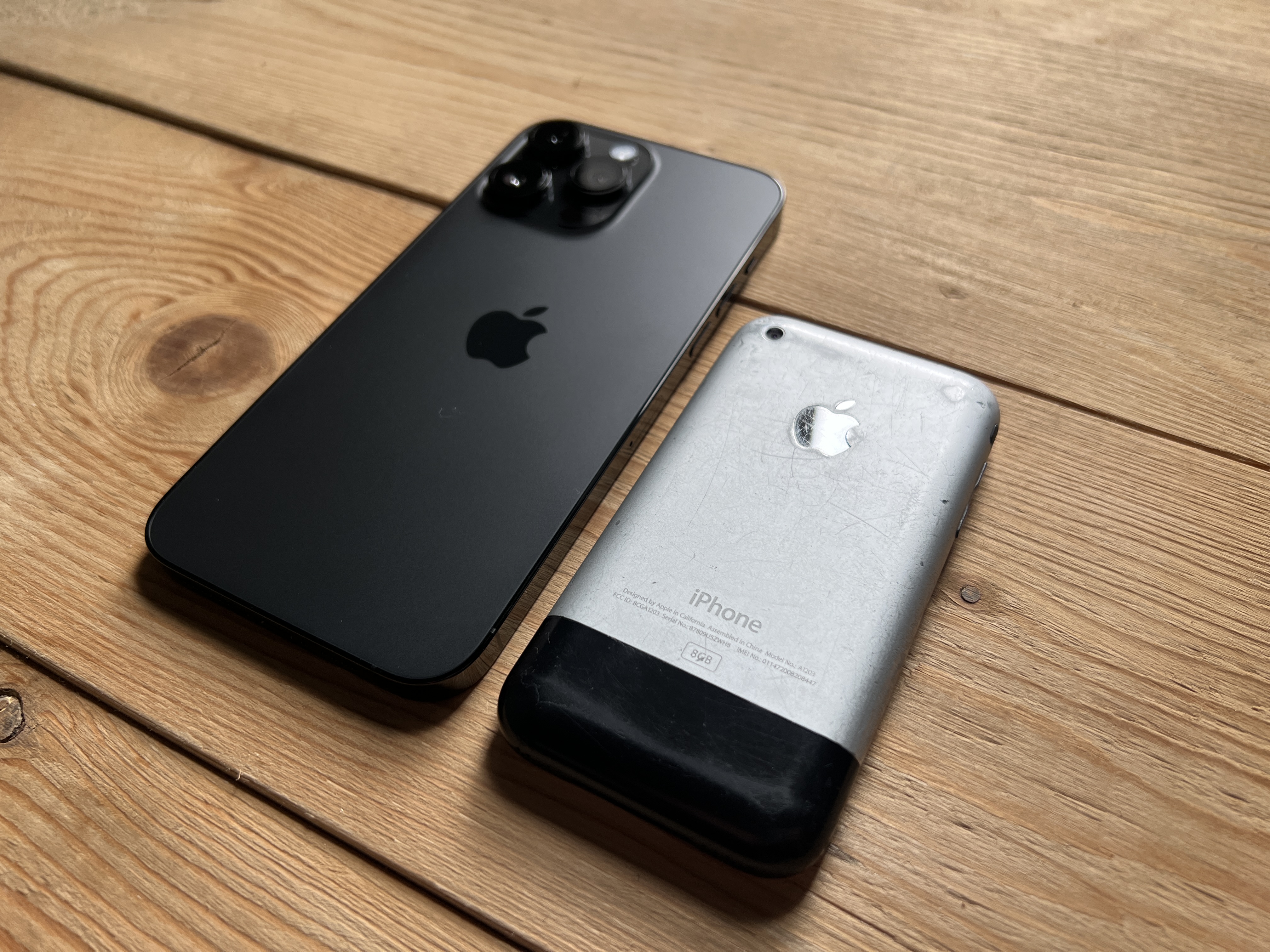

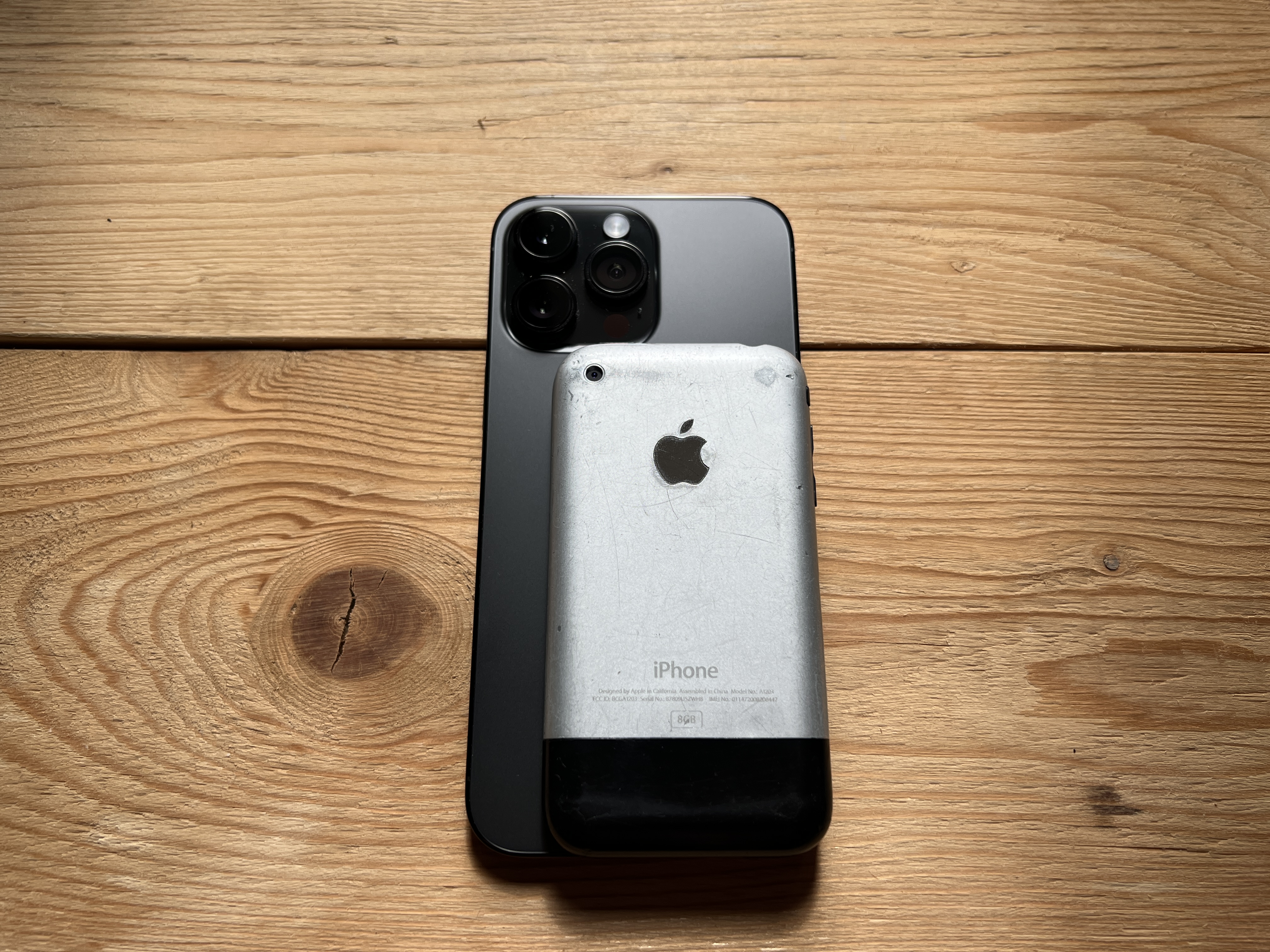
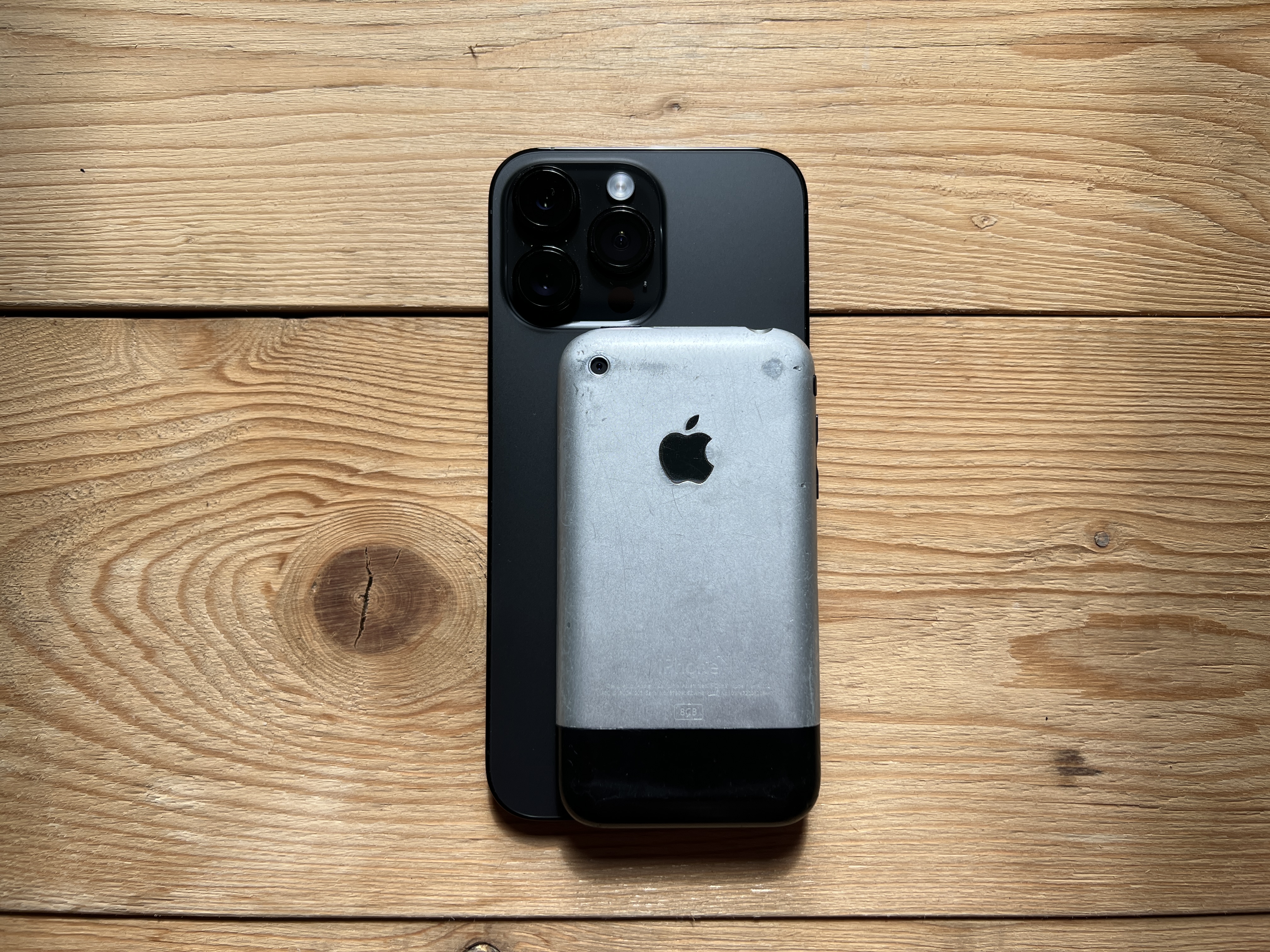

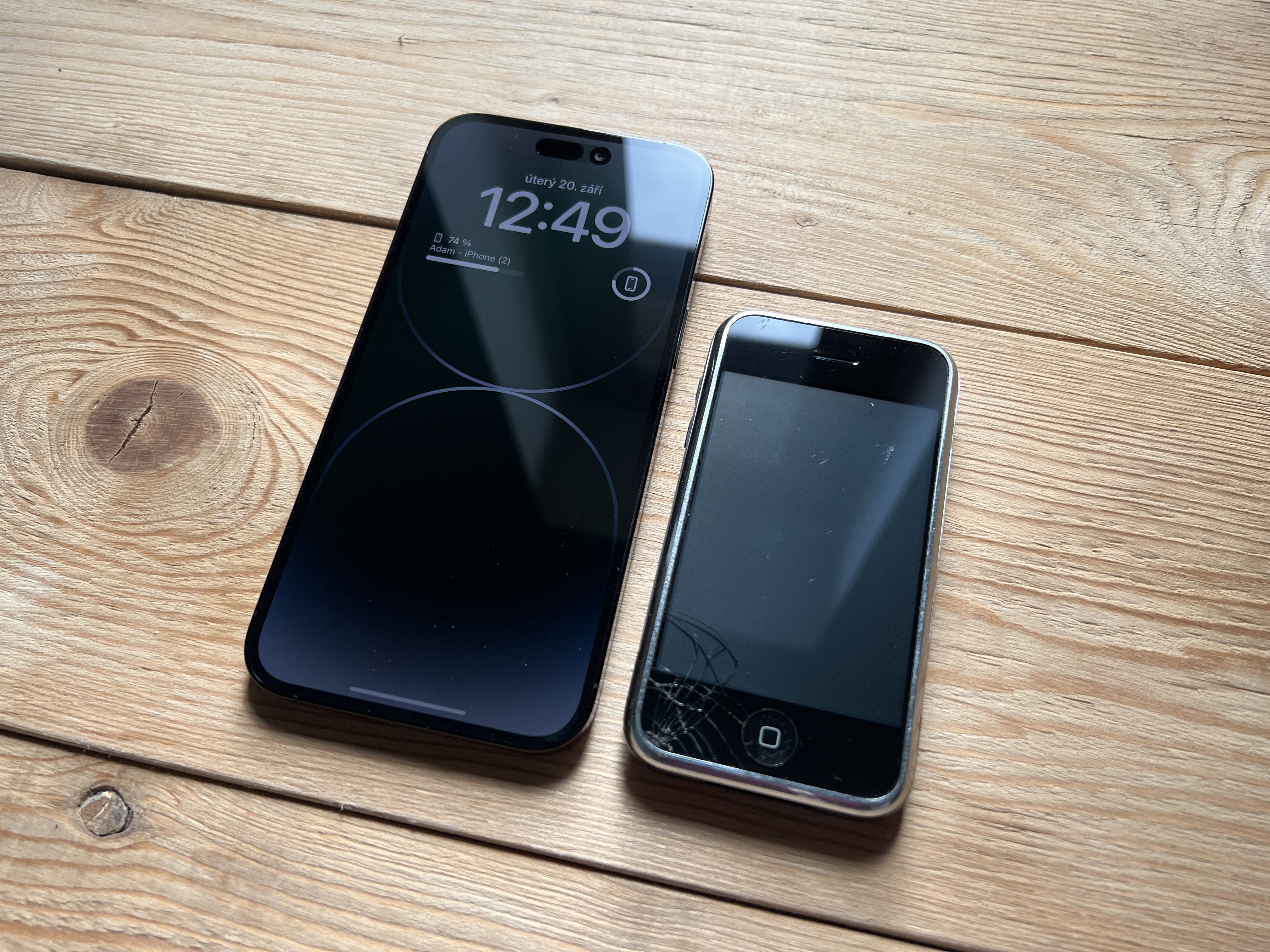
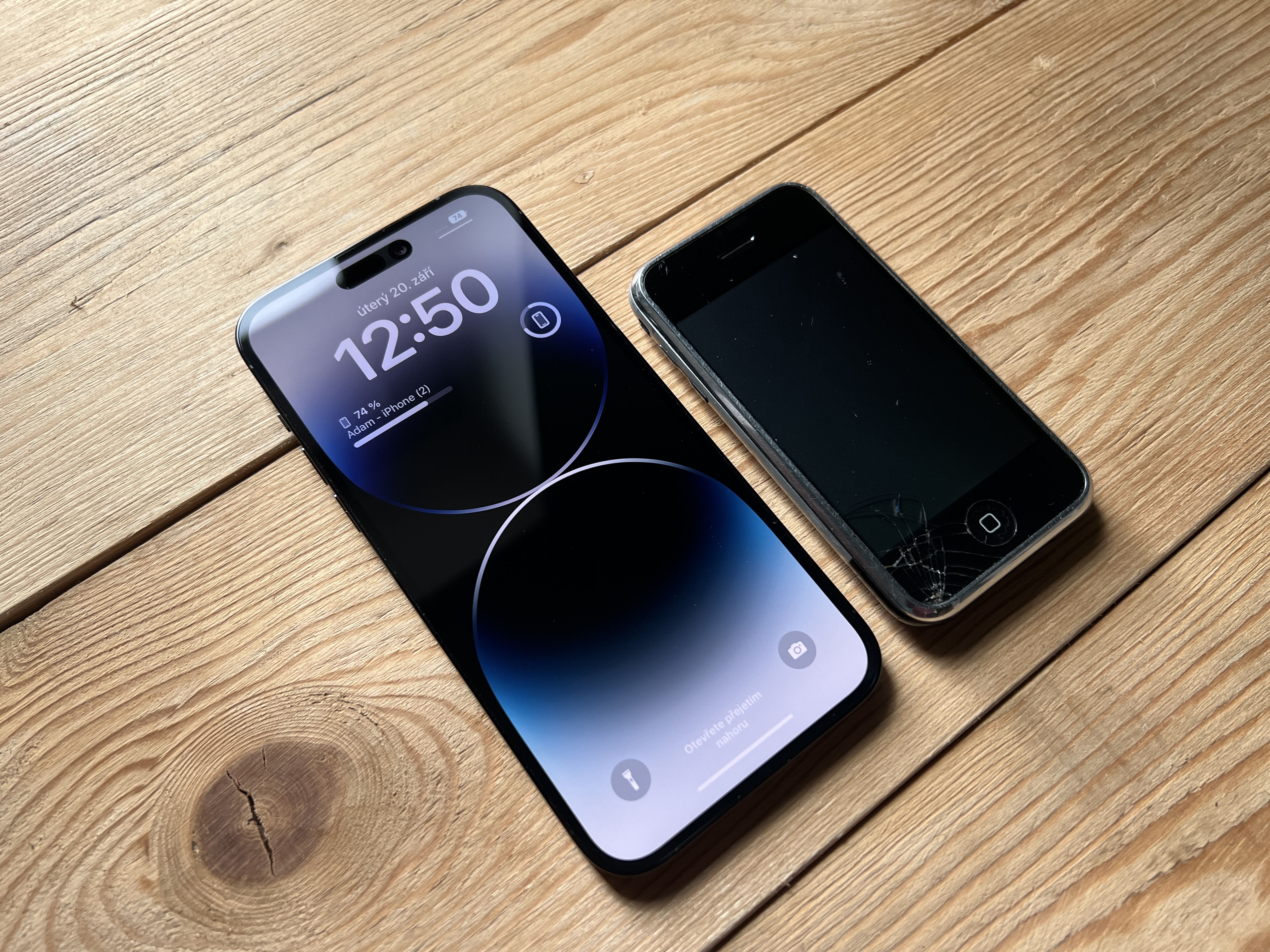
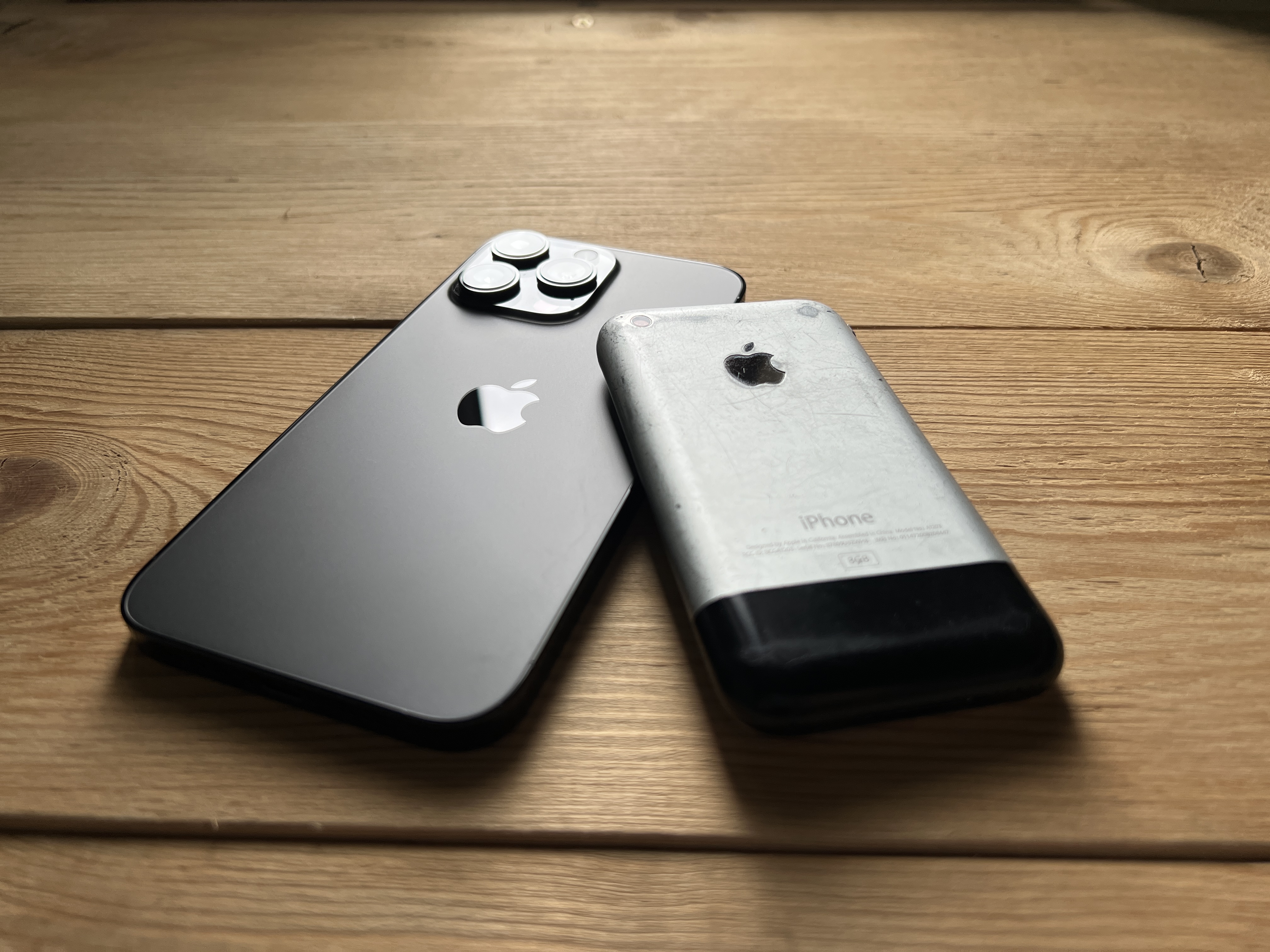
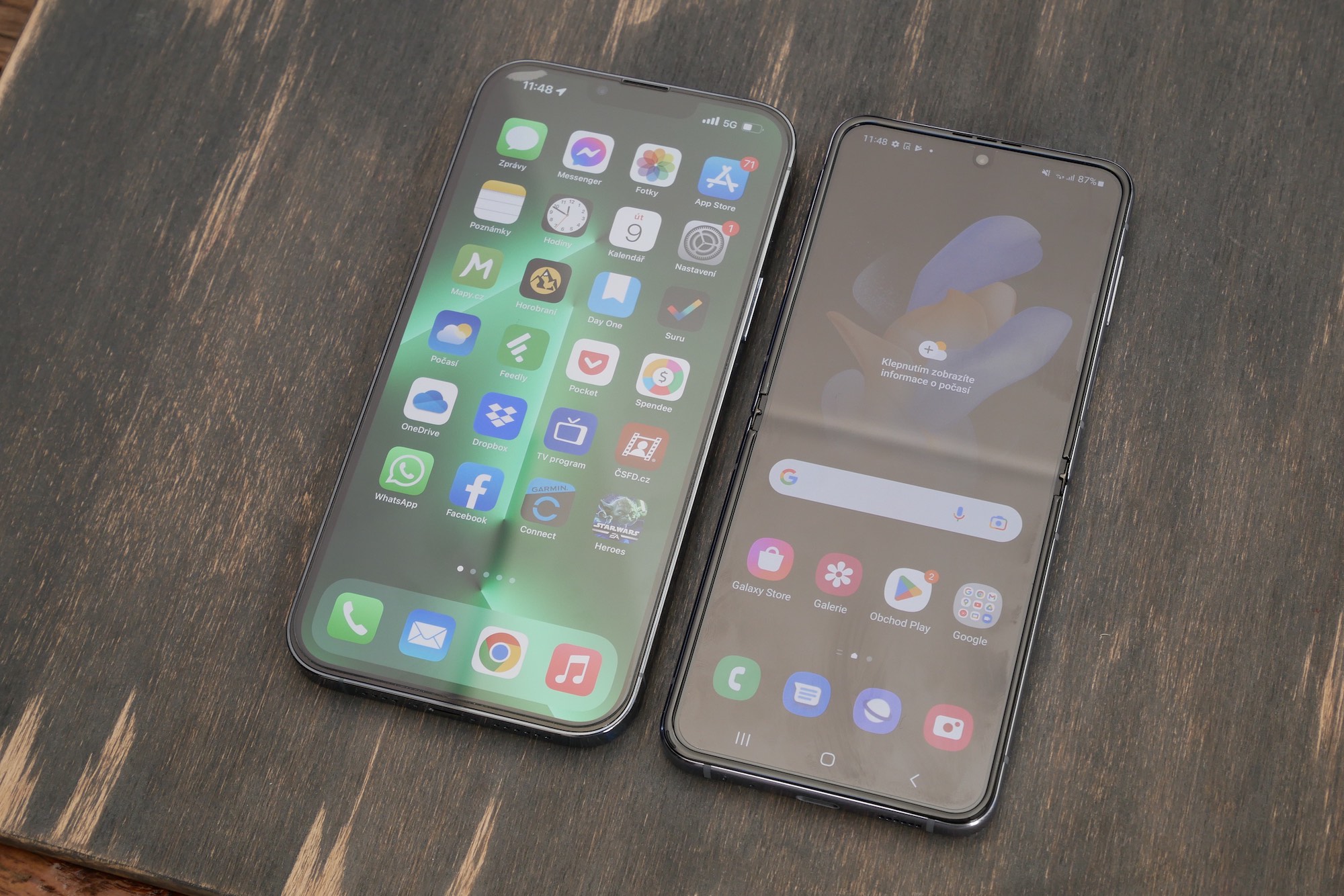
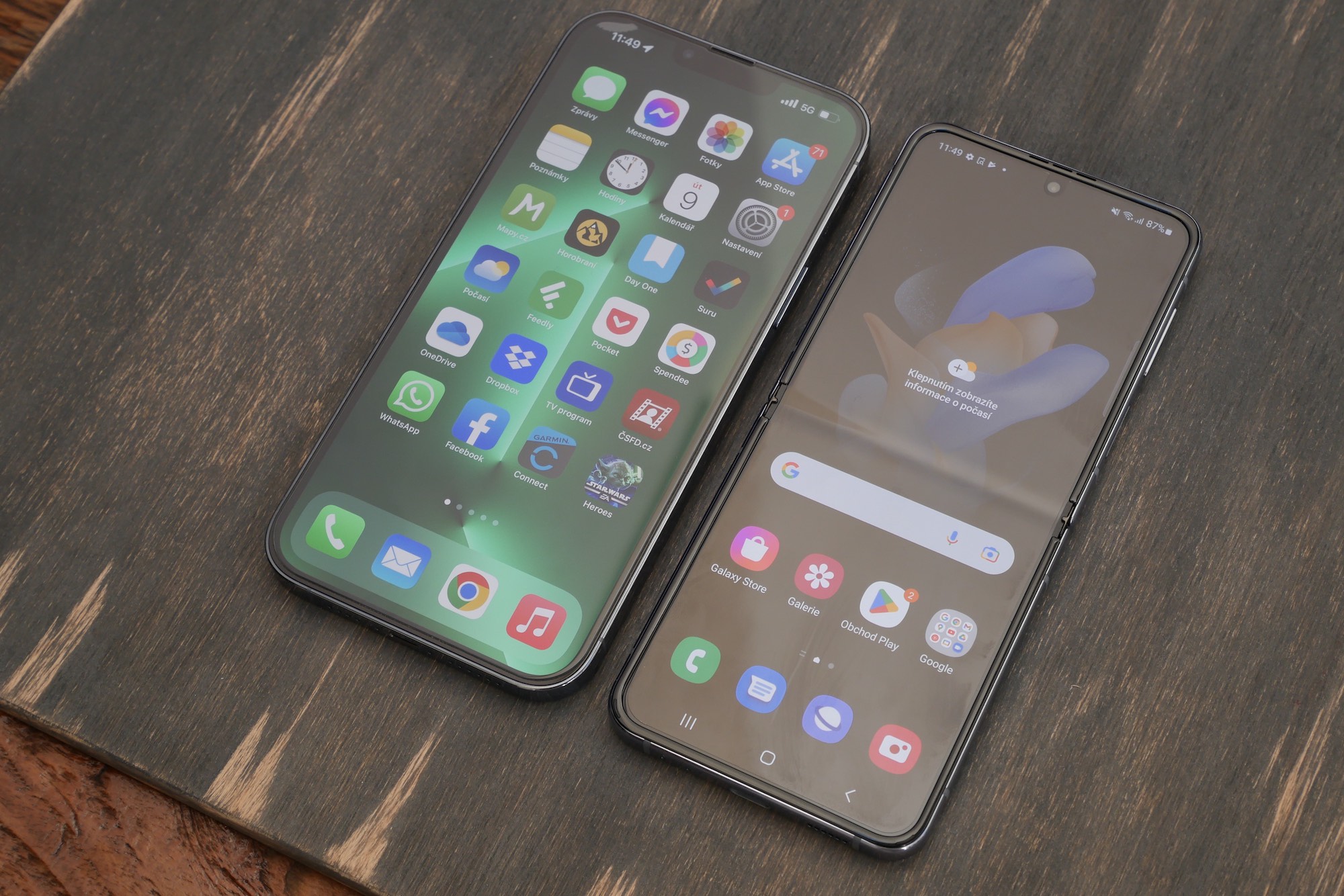


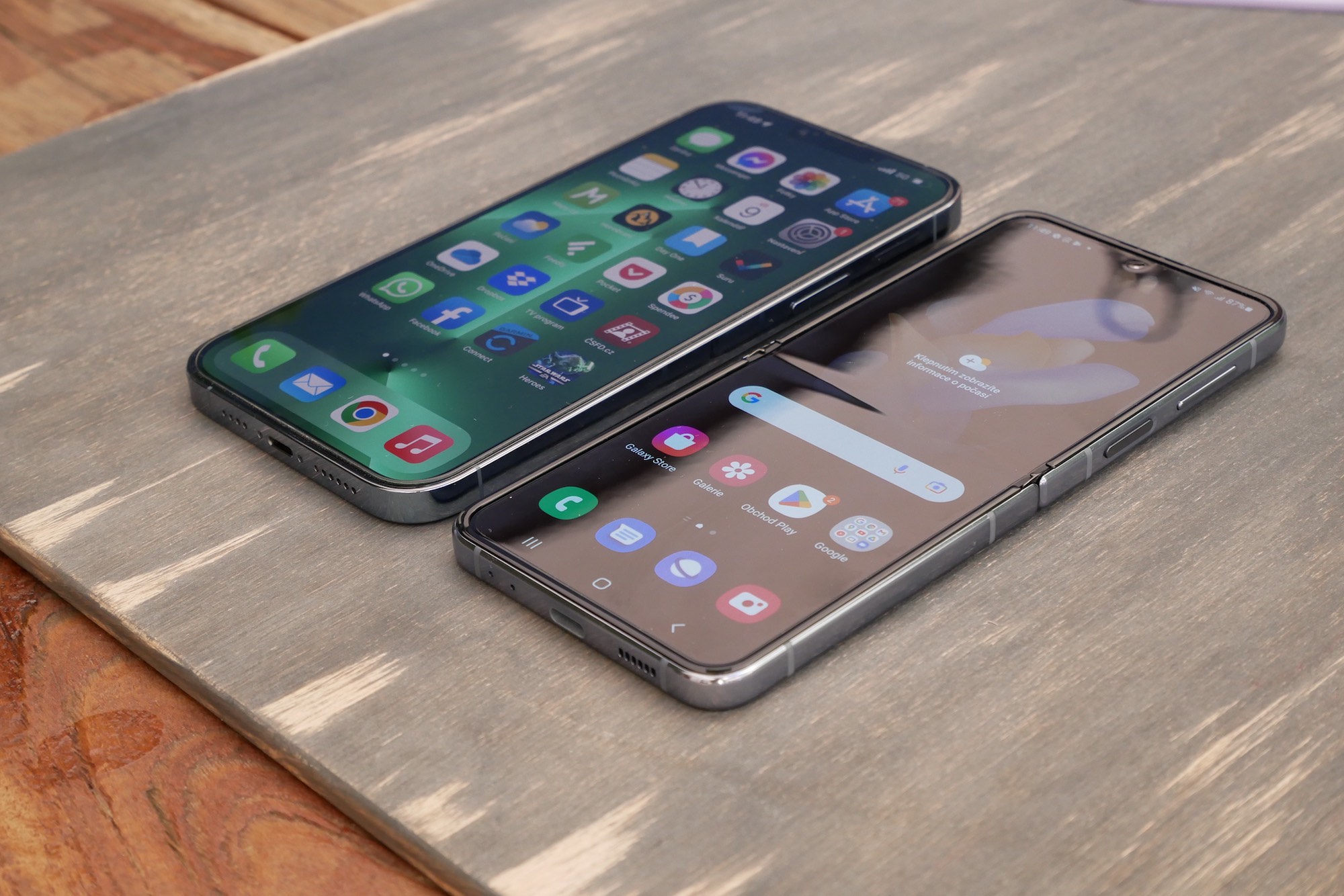
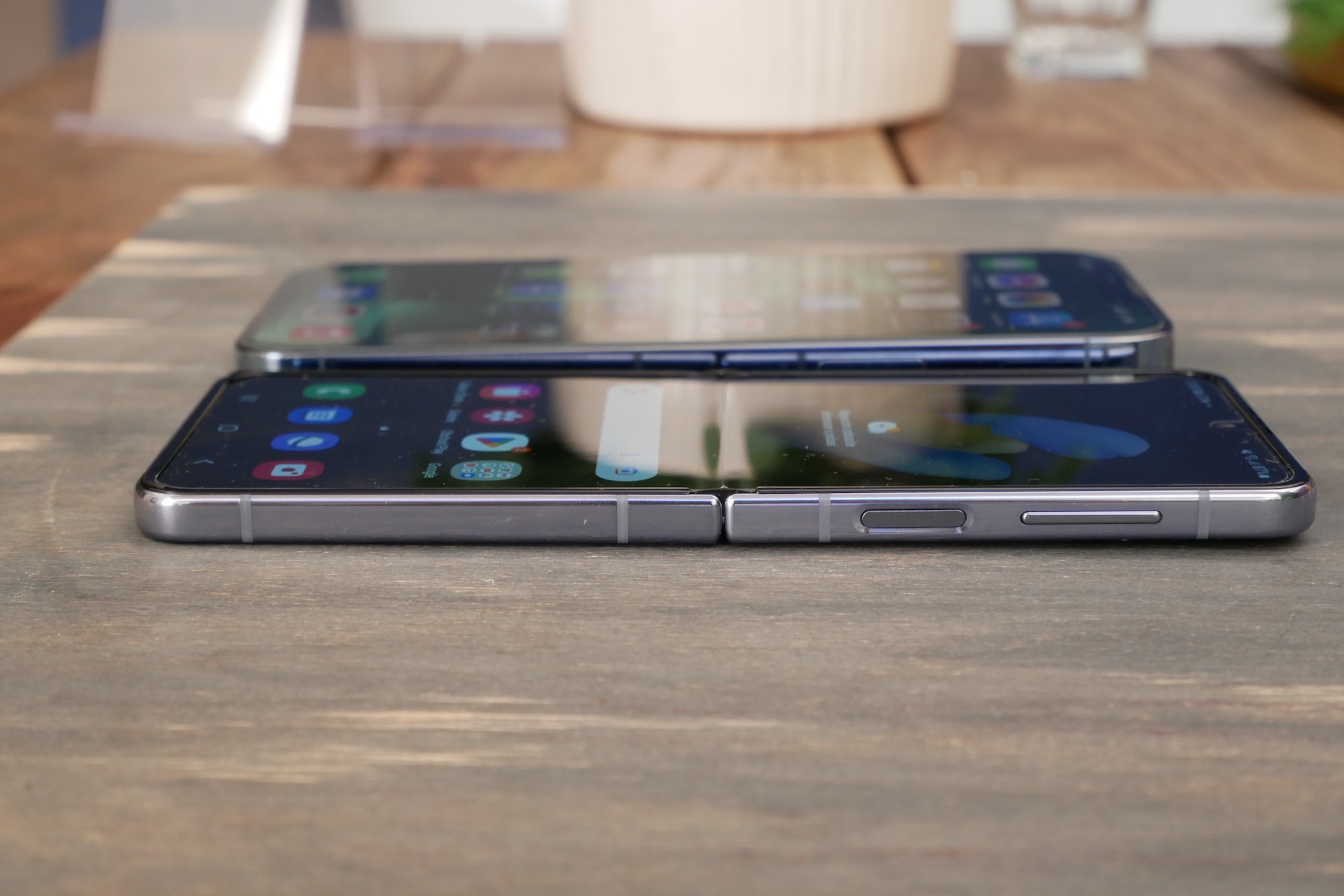
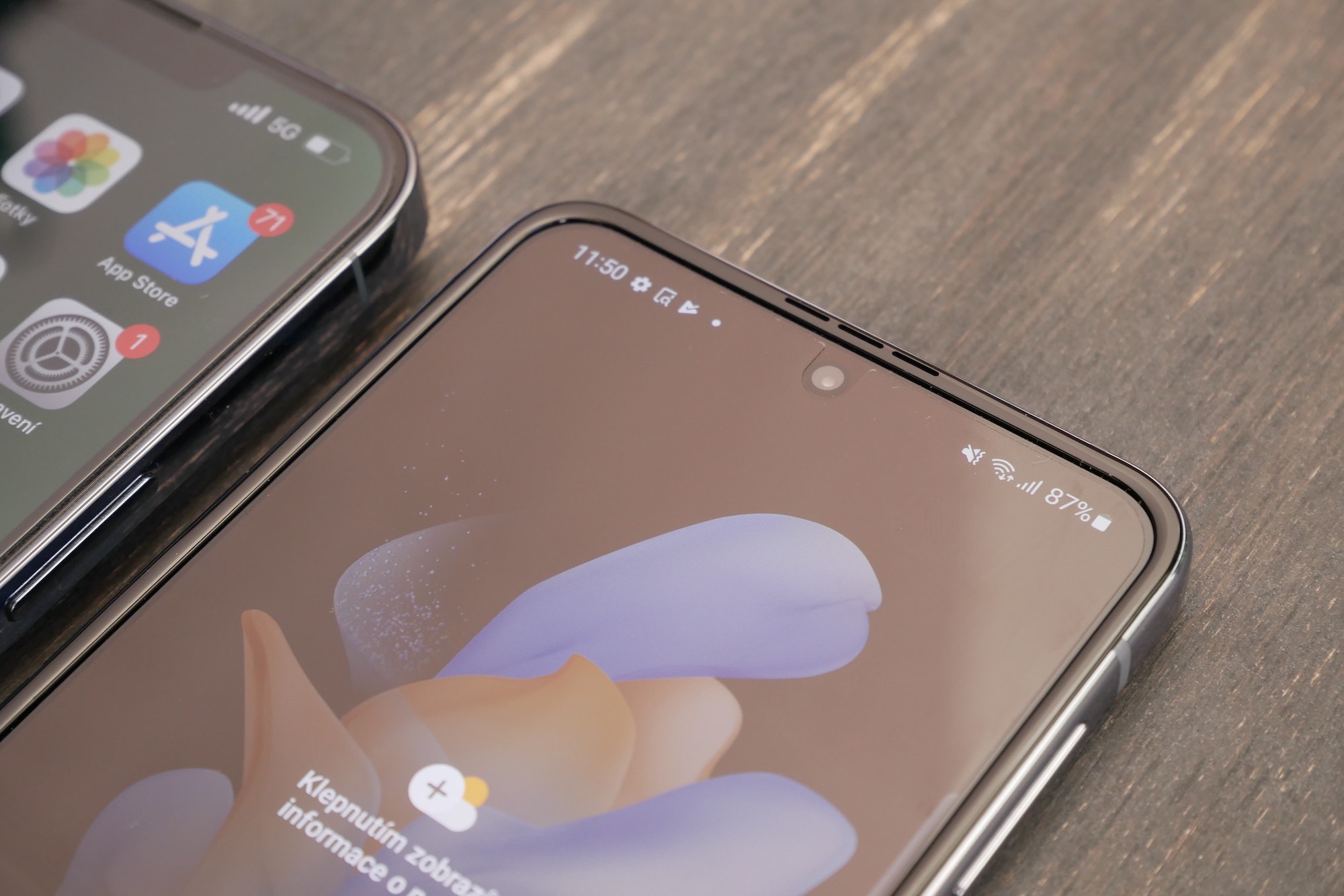


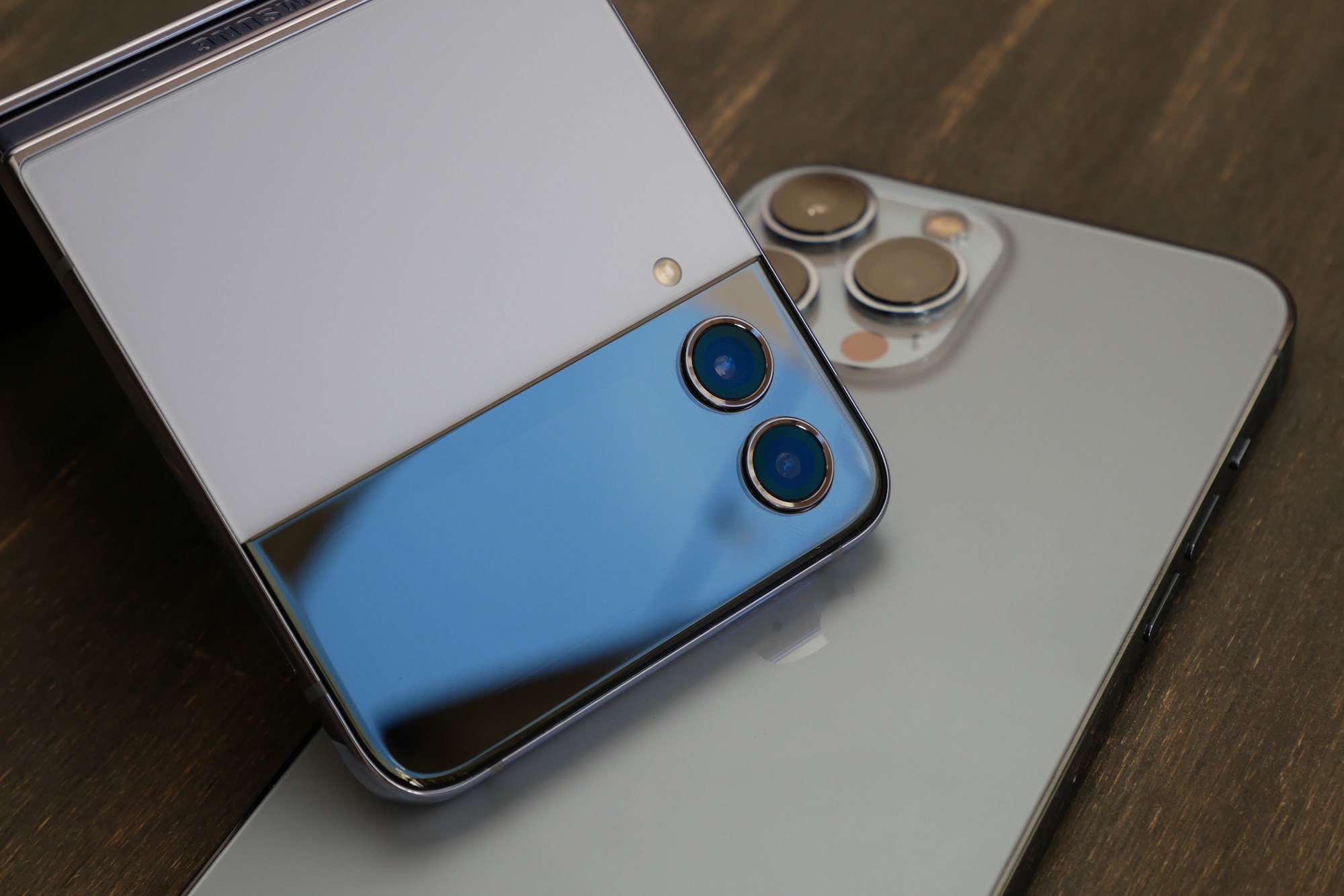



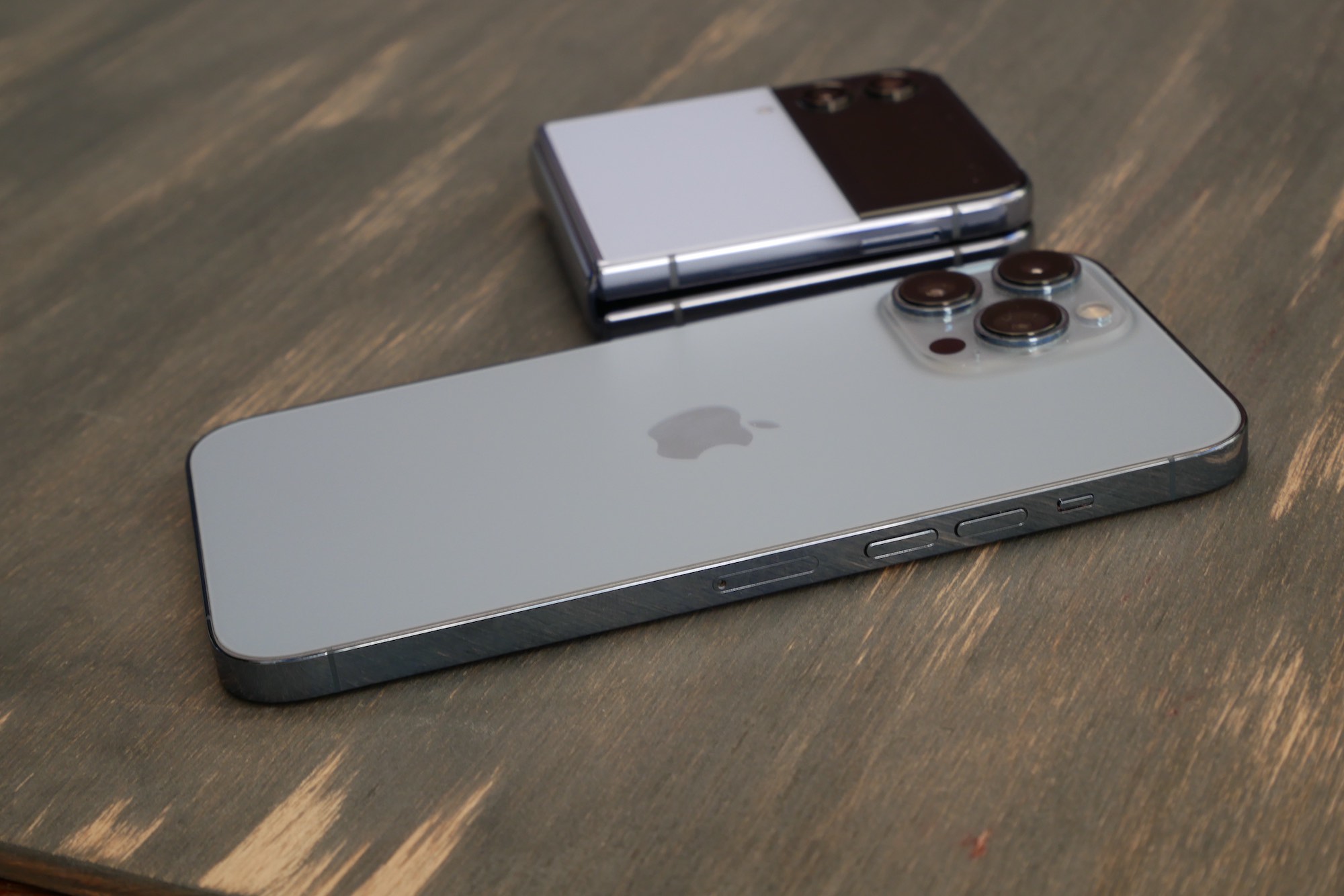
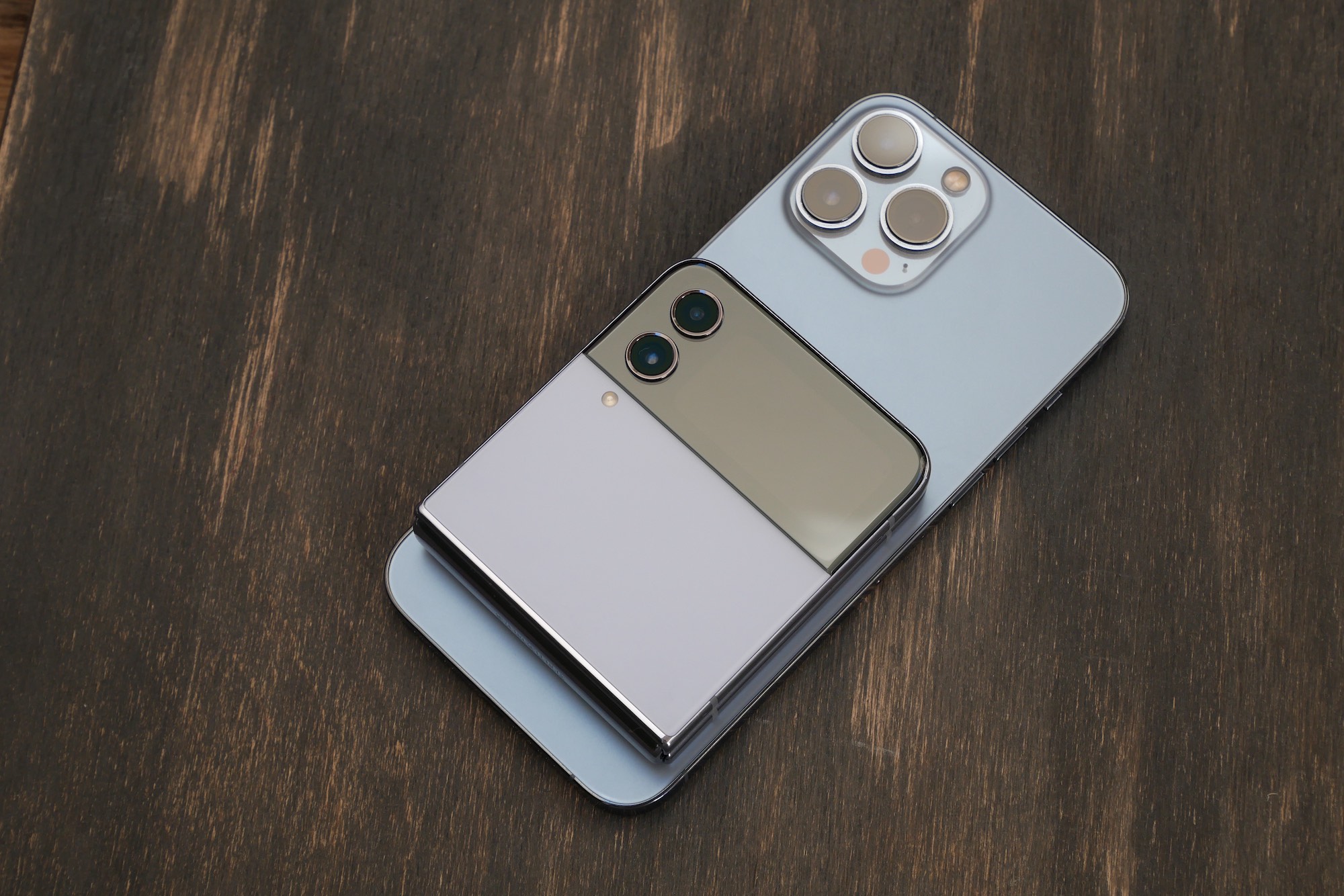

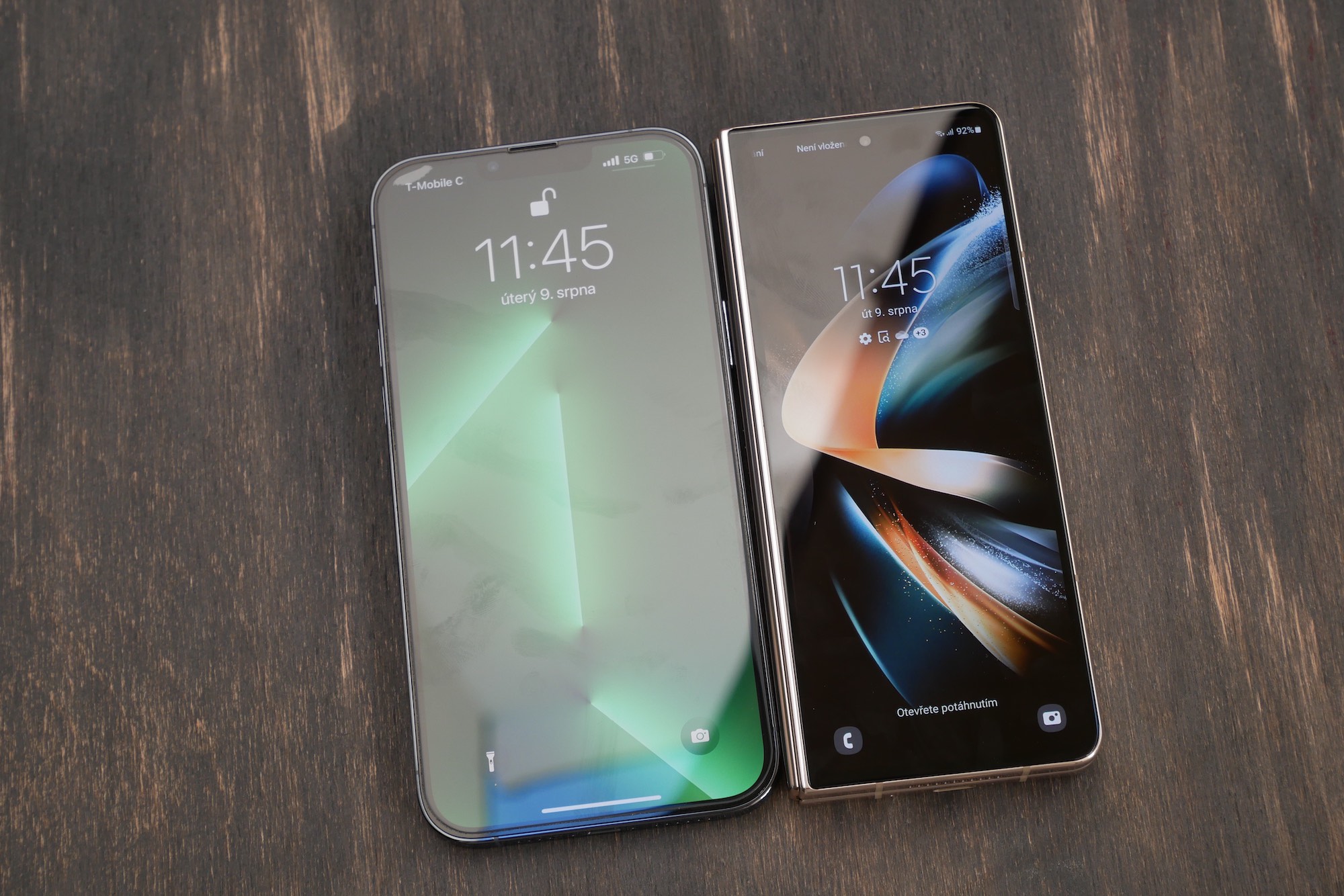
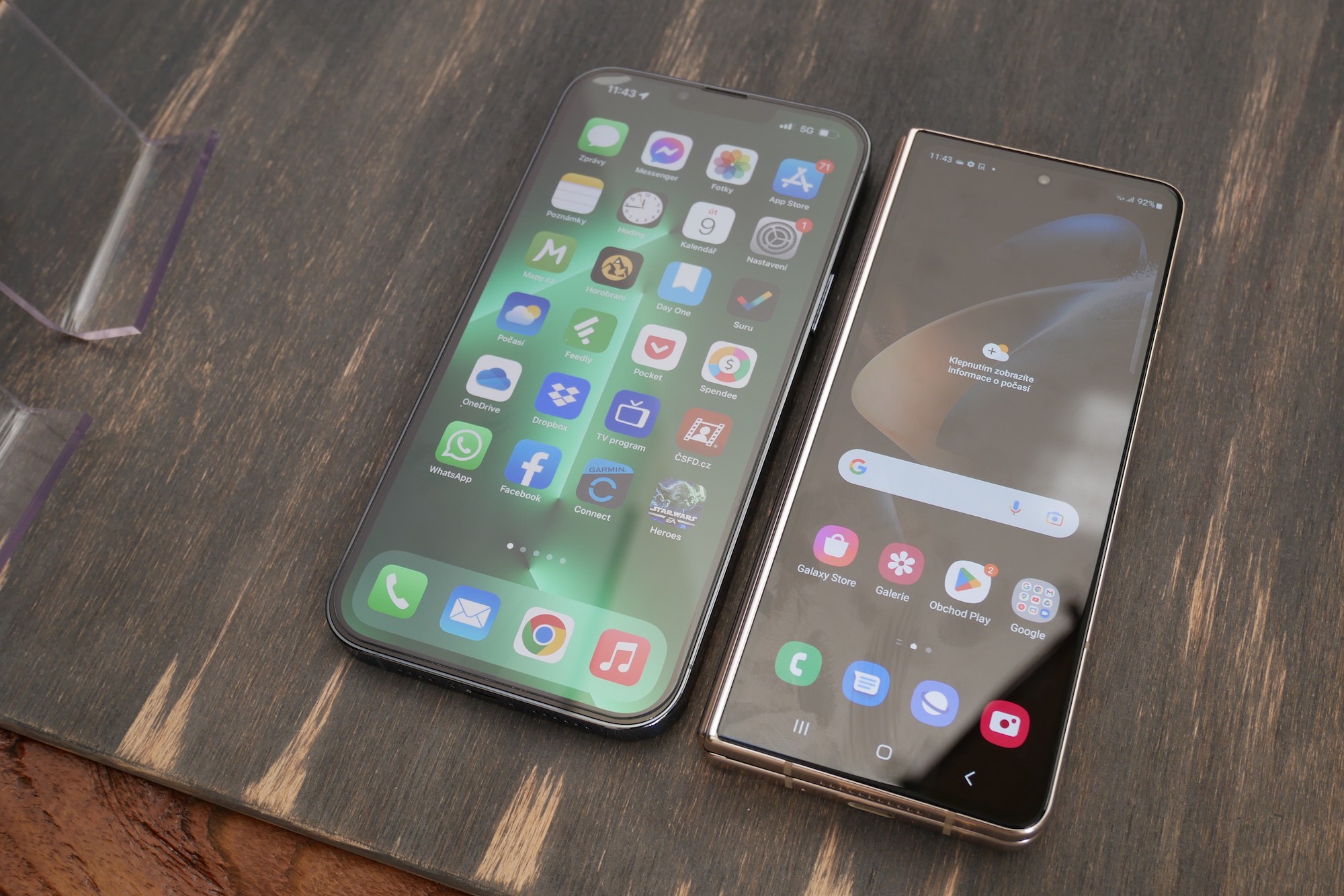
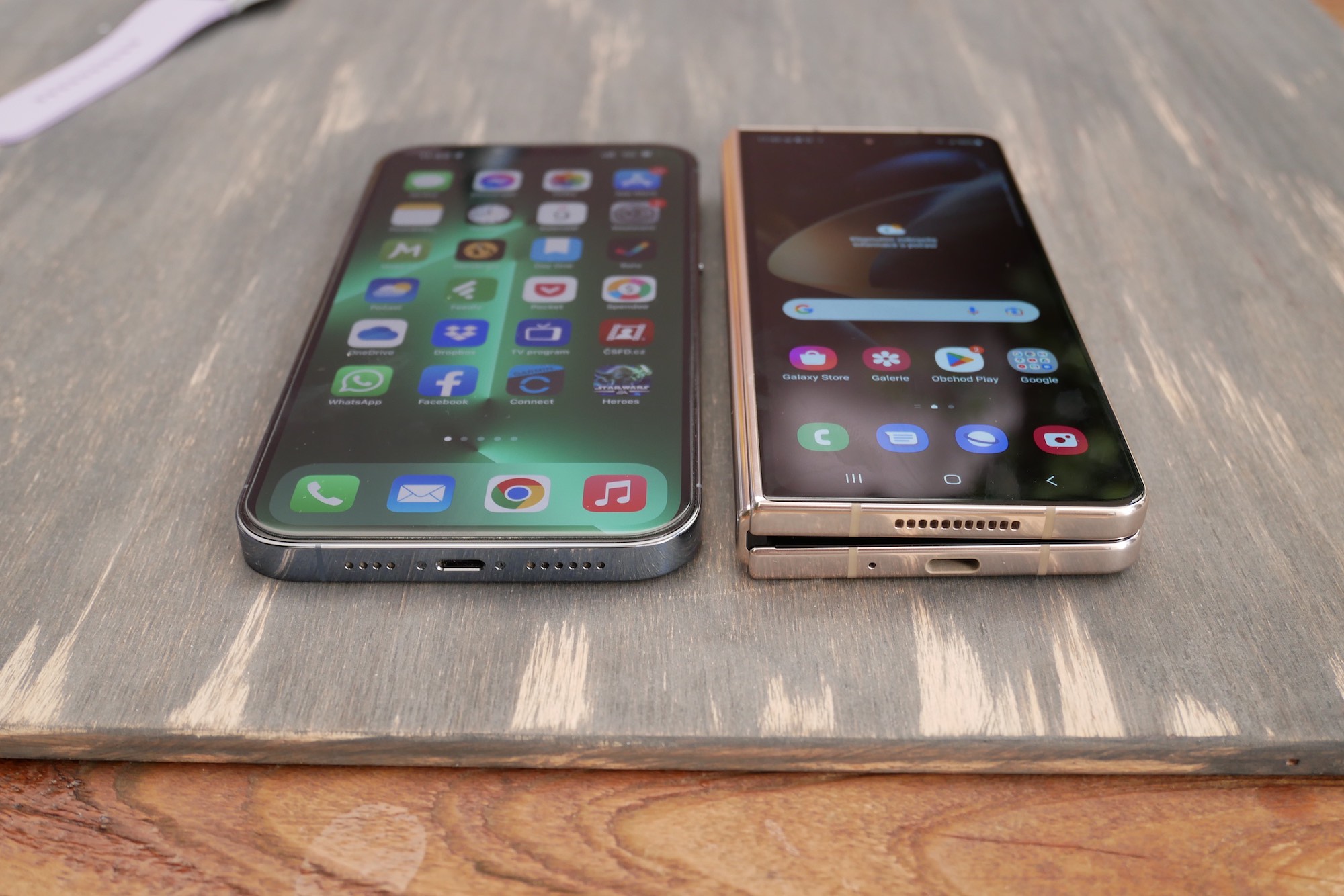
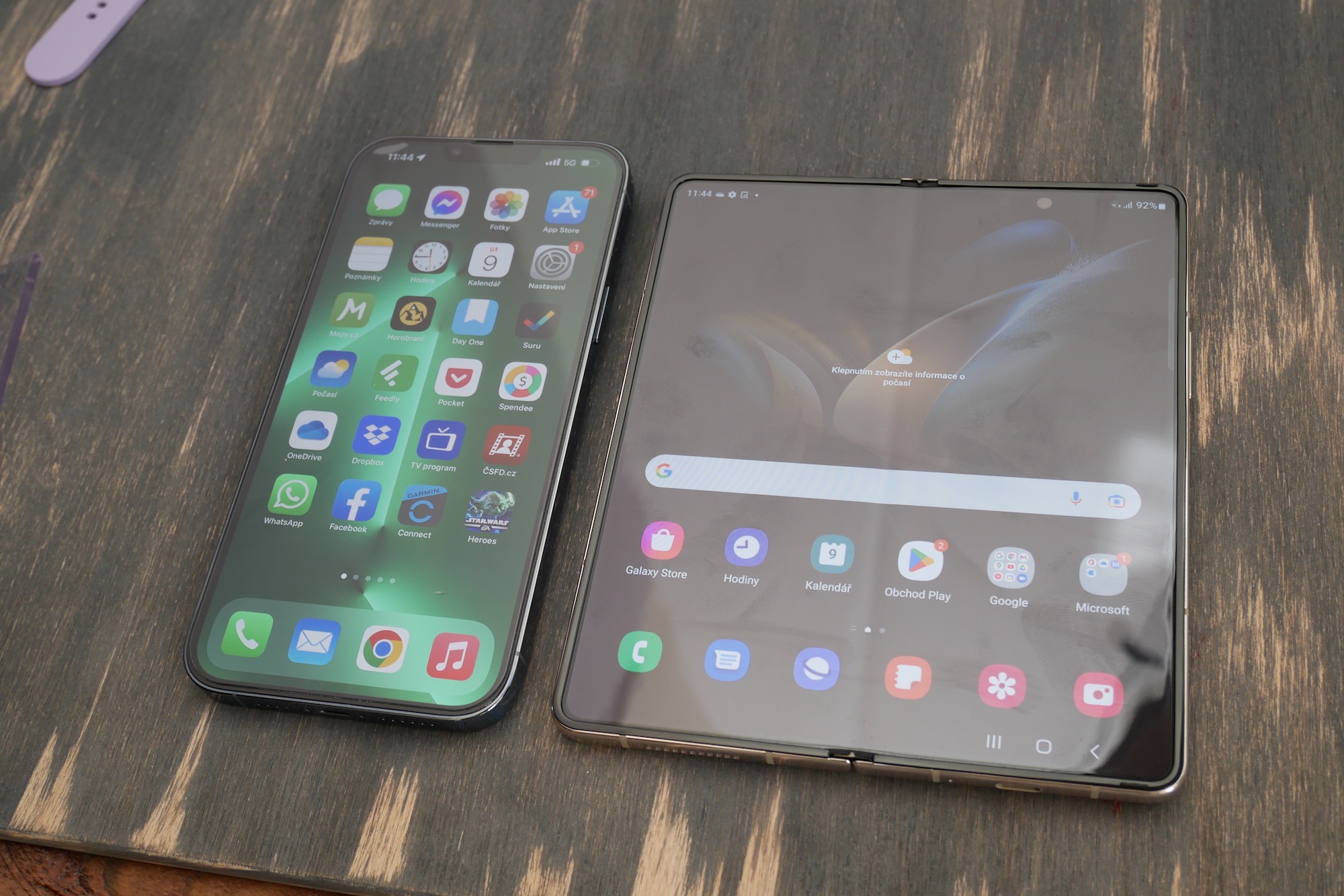
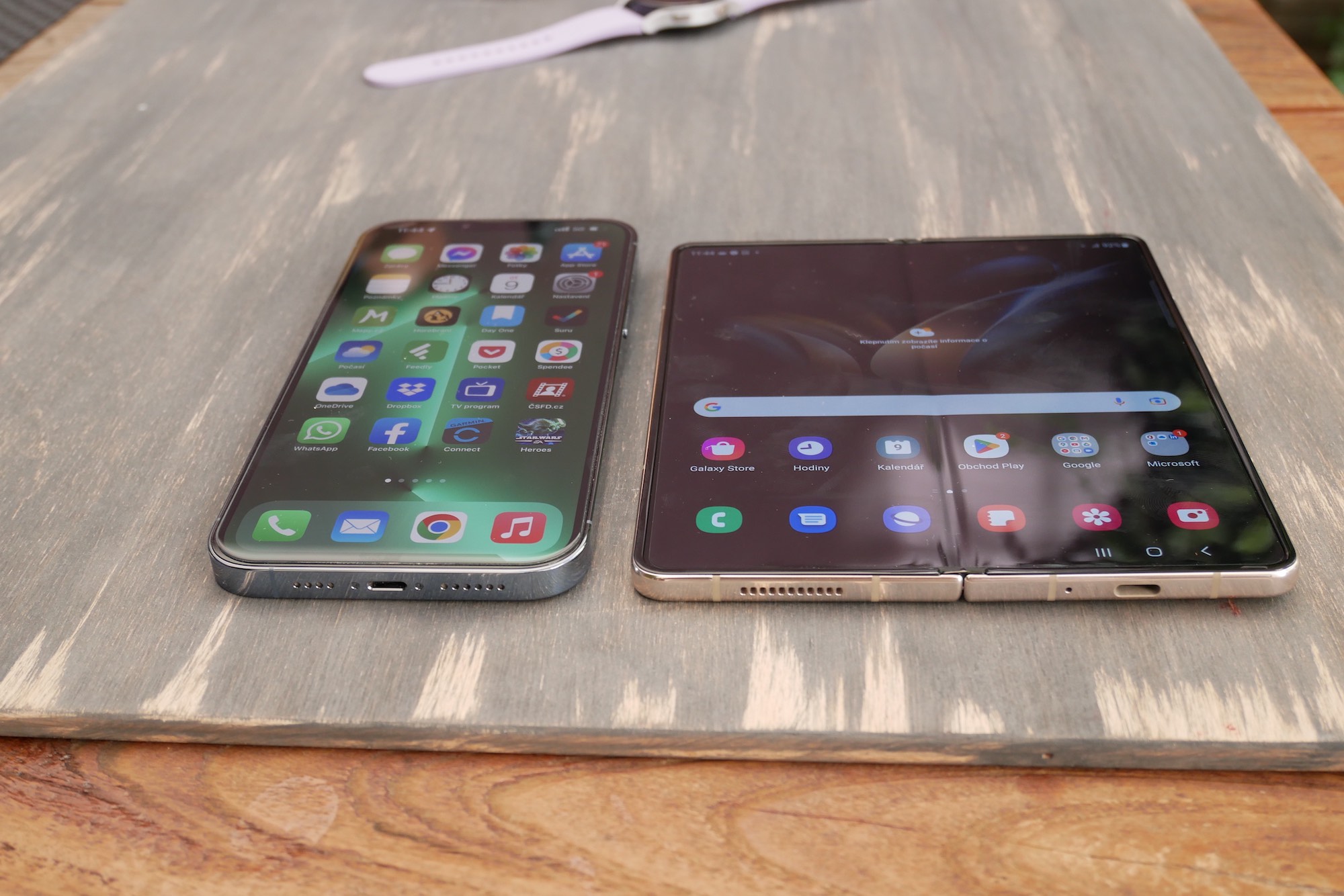

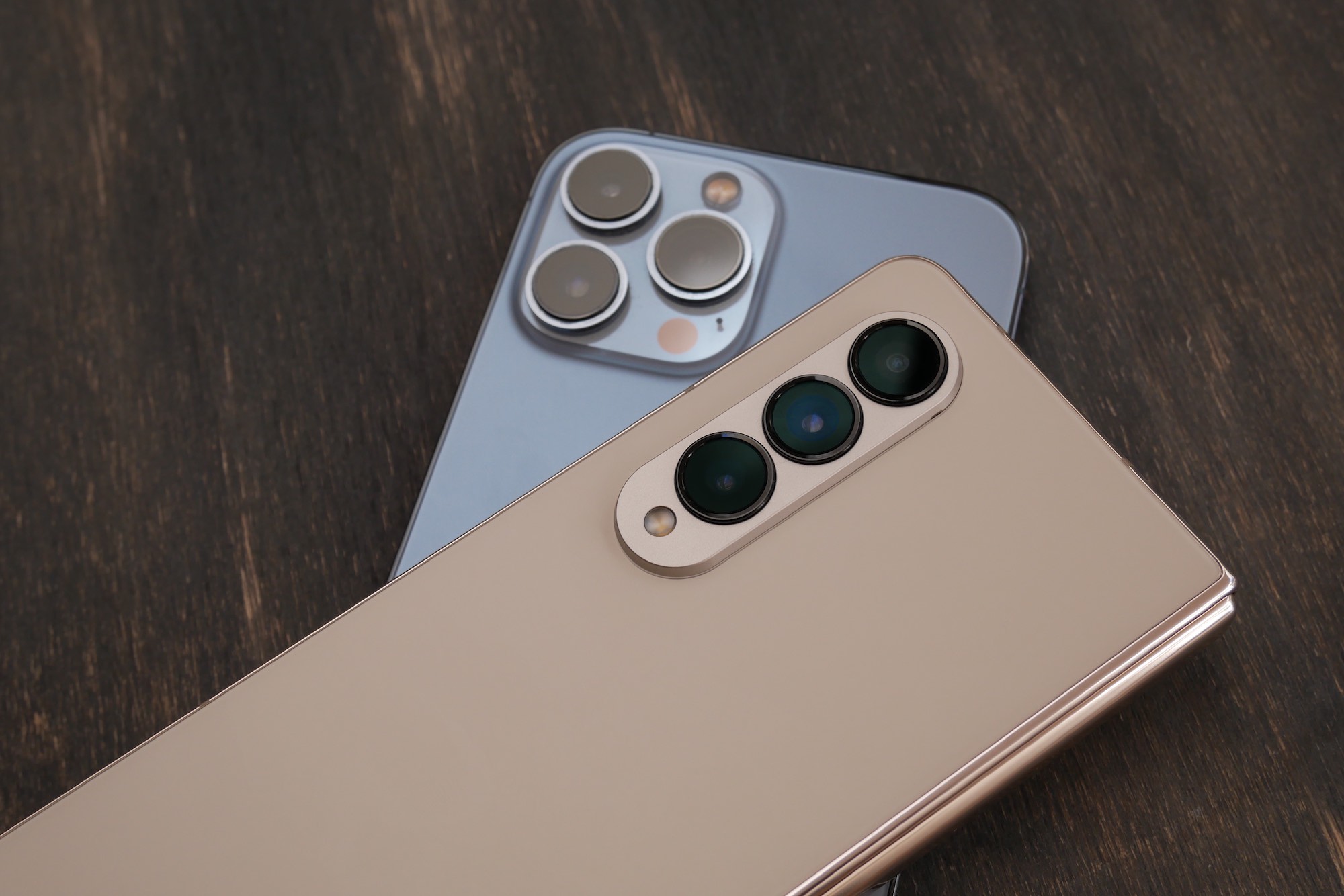
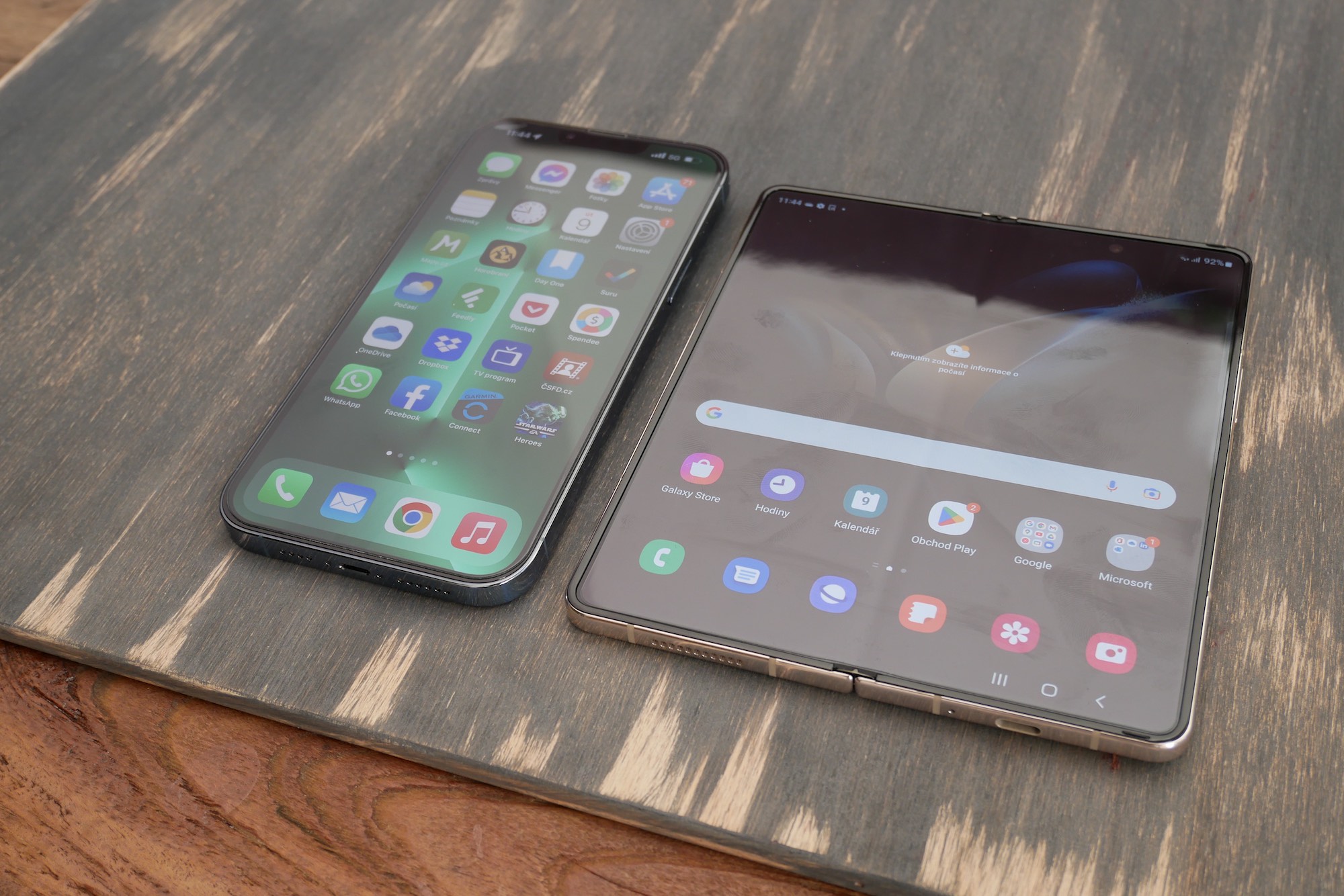

This comment is sponsored by iStyle. Thanks for support.
HELLO! tudududuu tudududuDU :D:D:D
Otherwise agree!